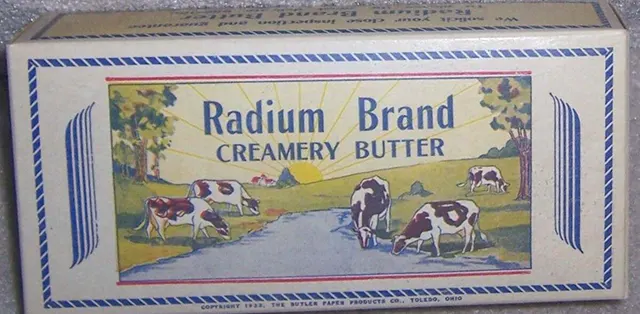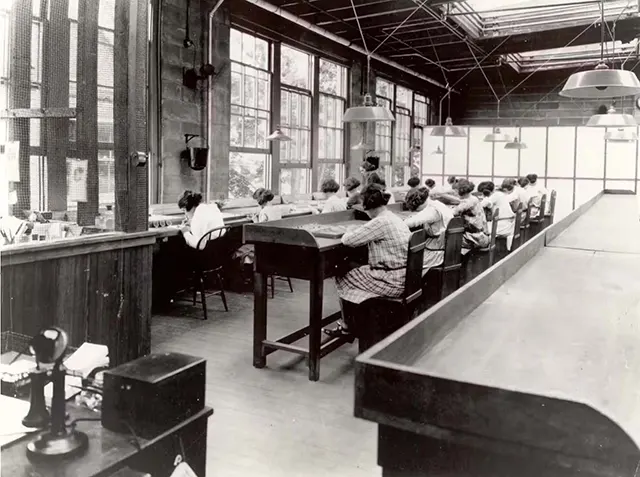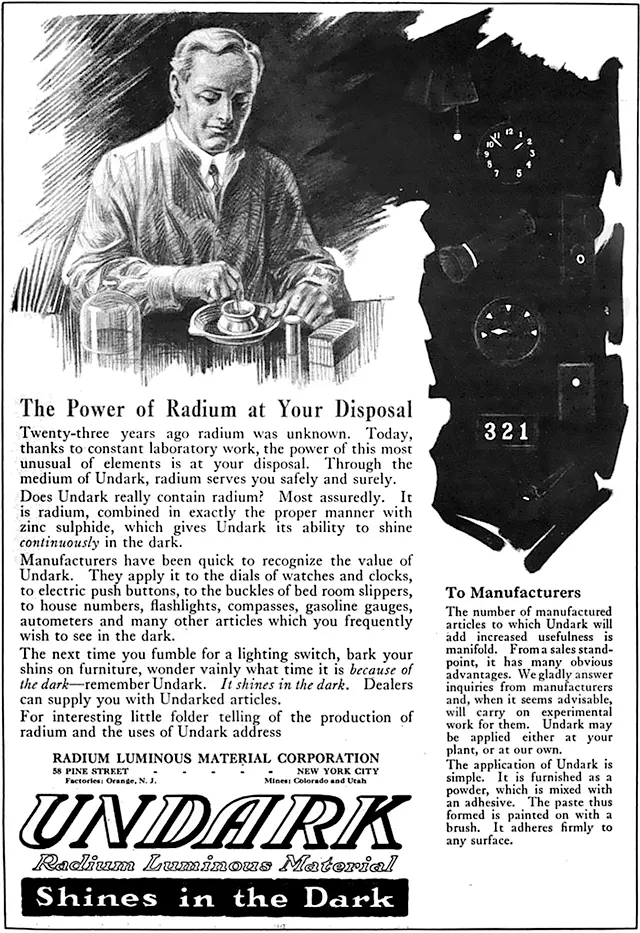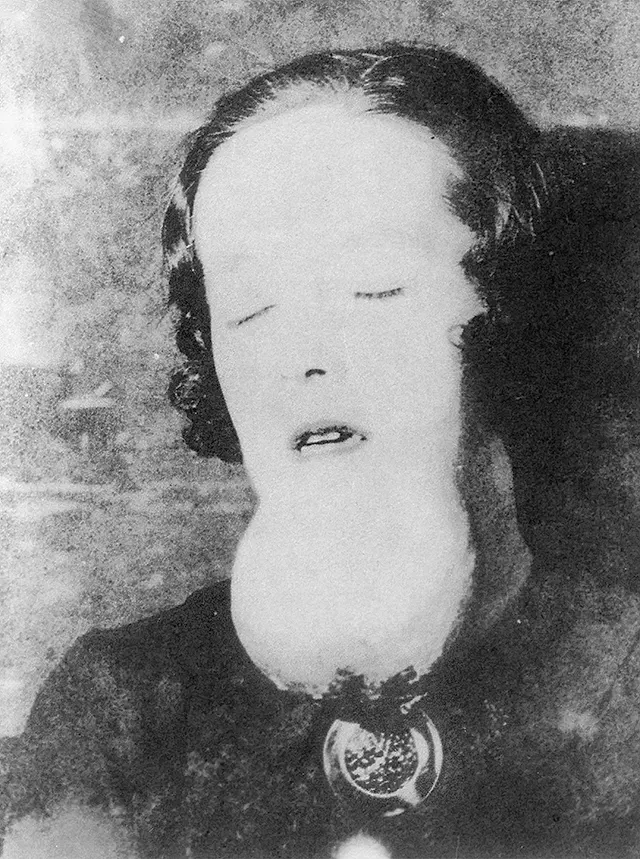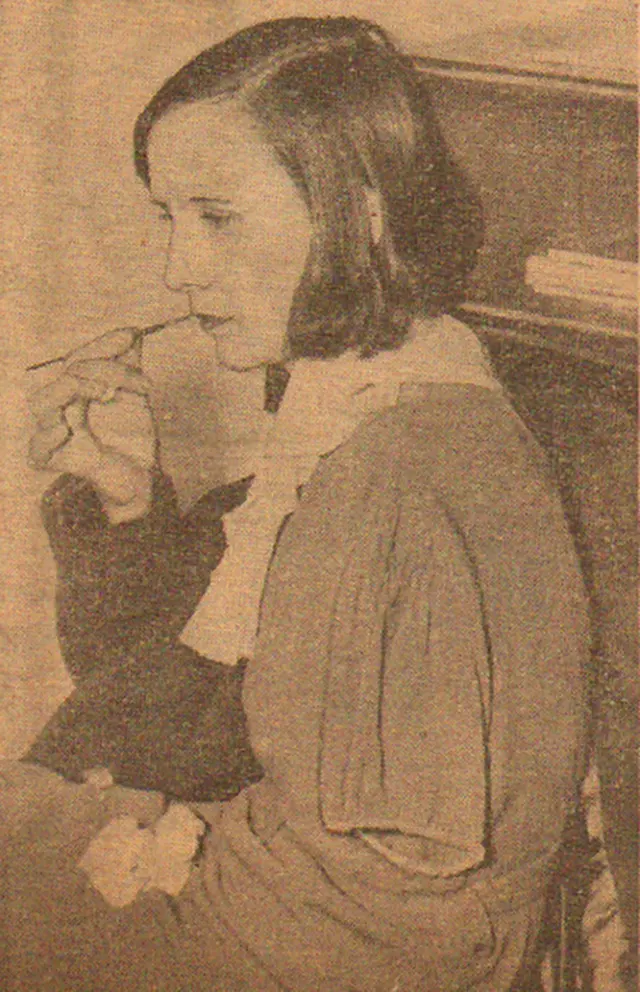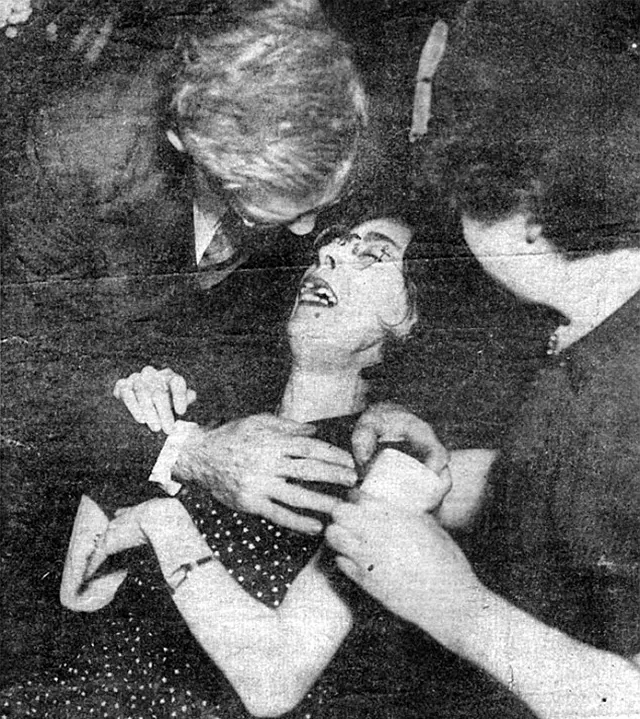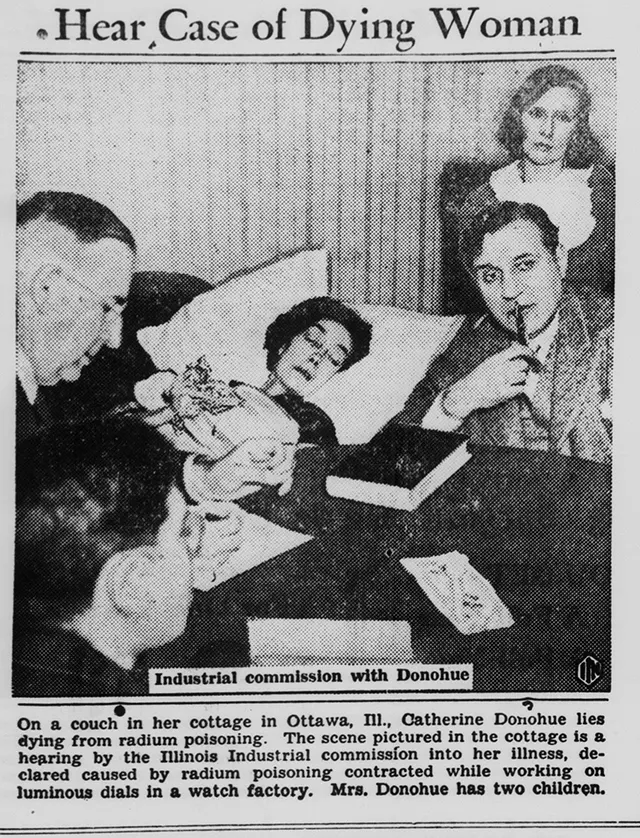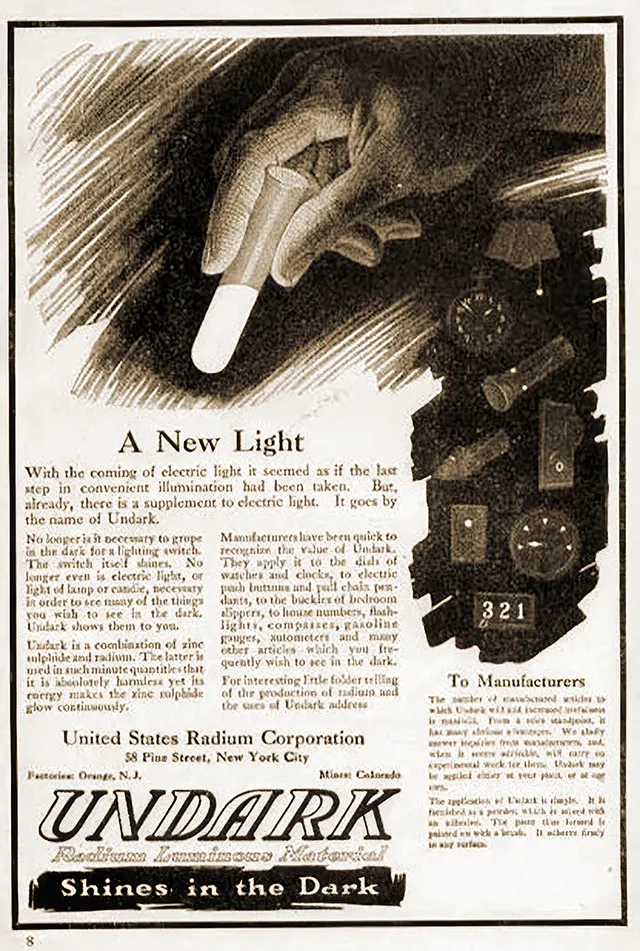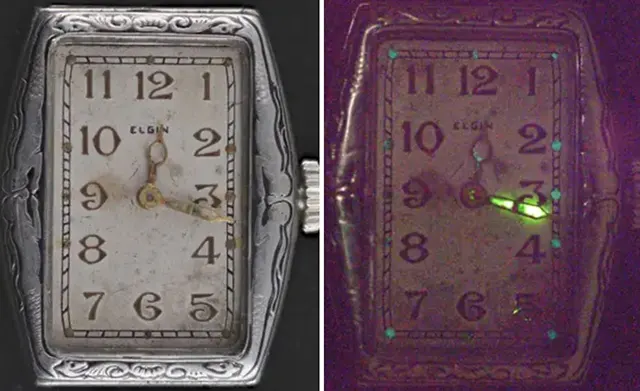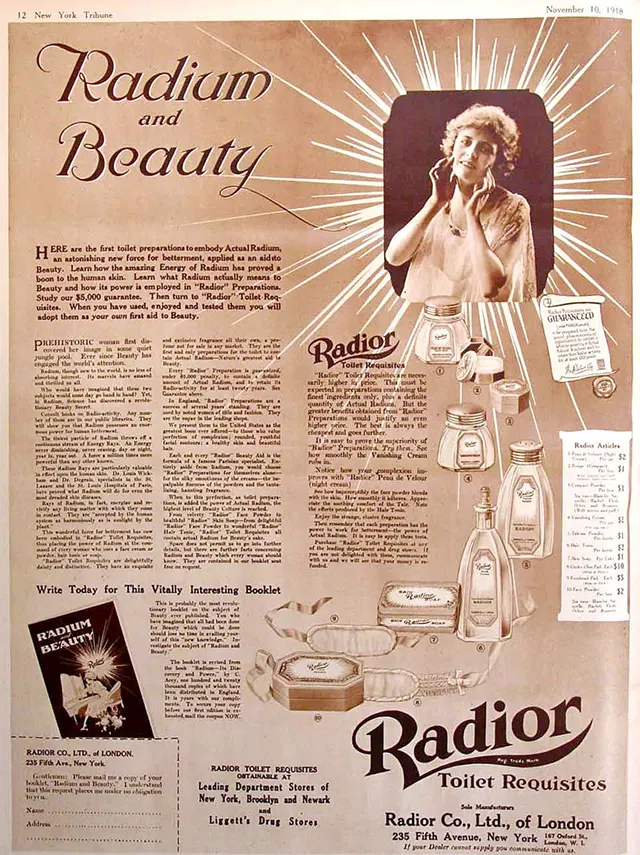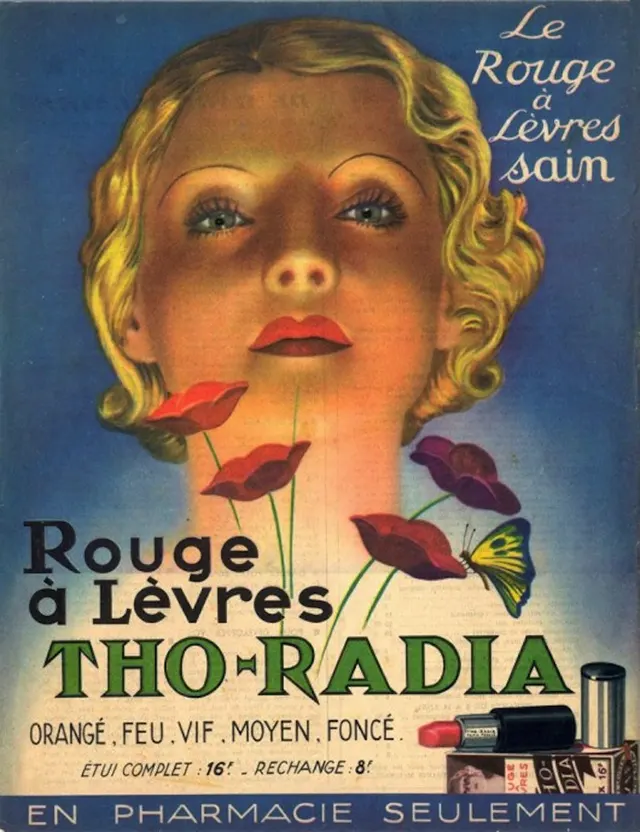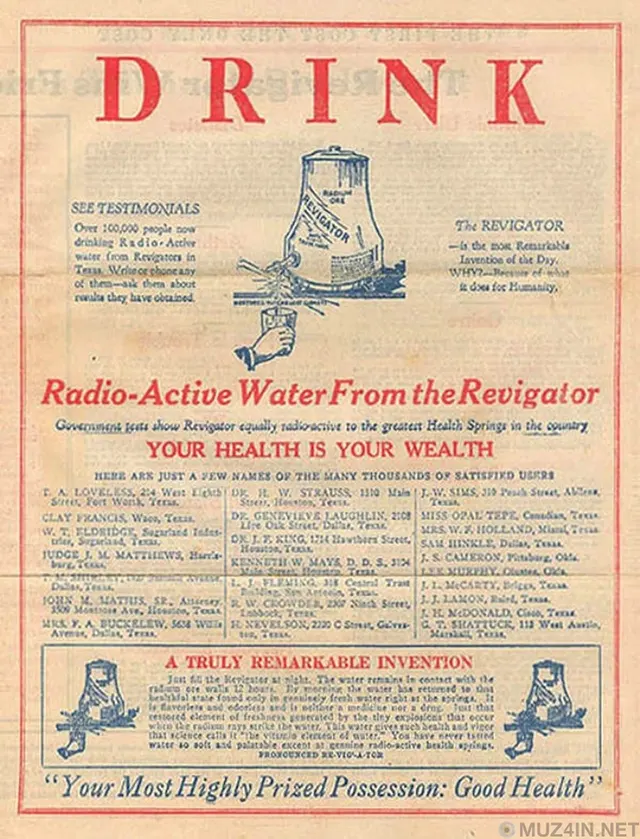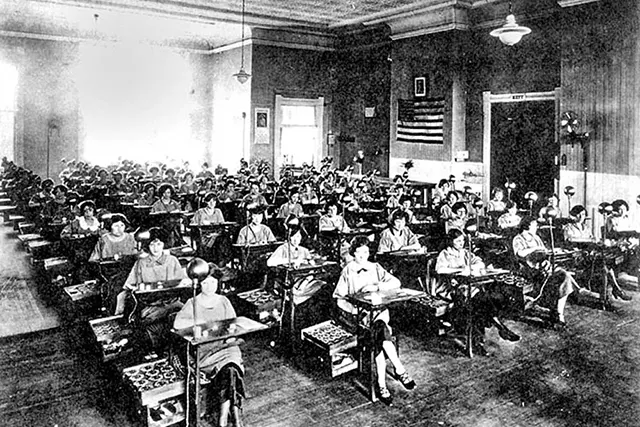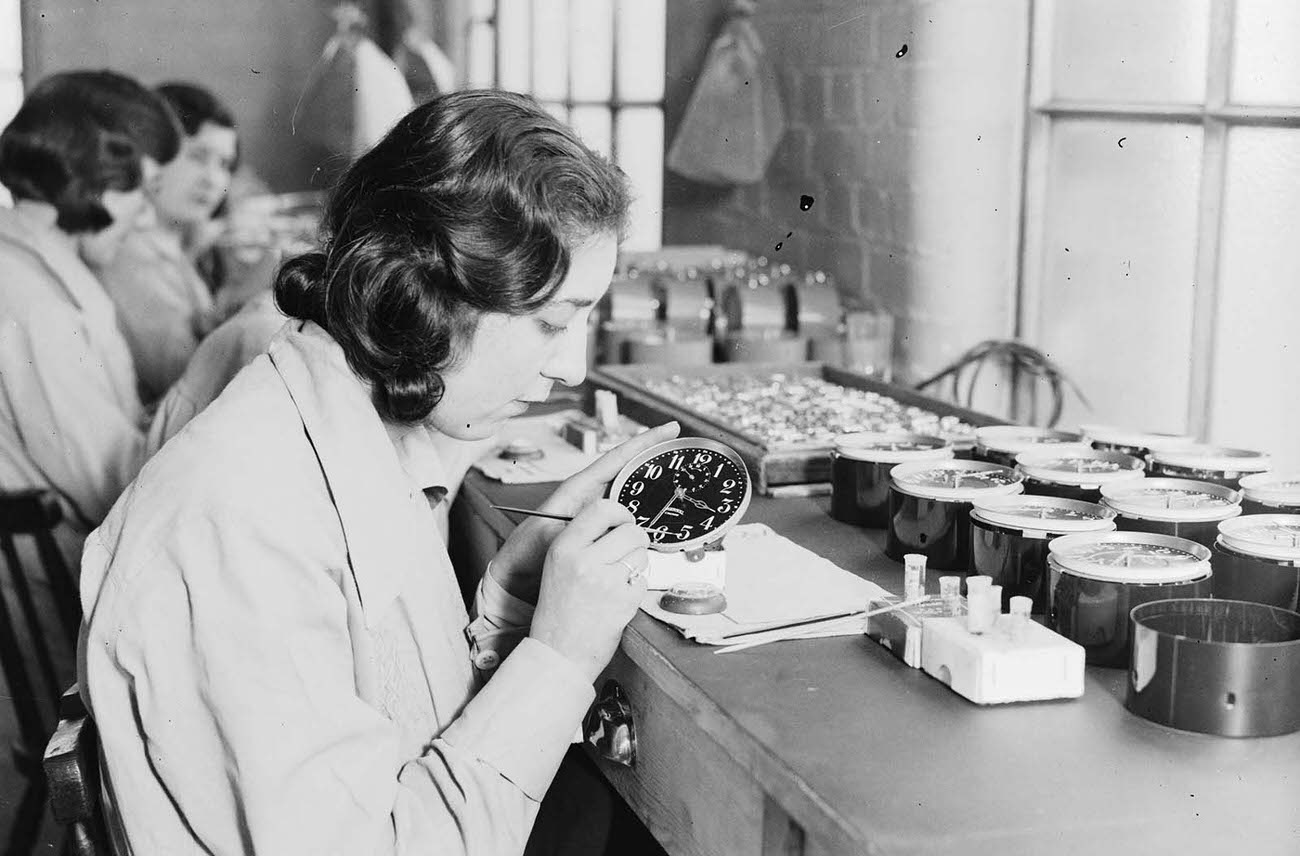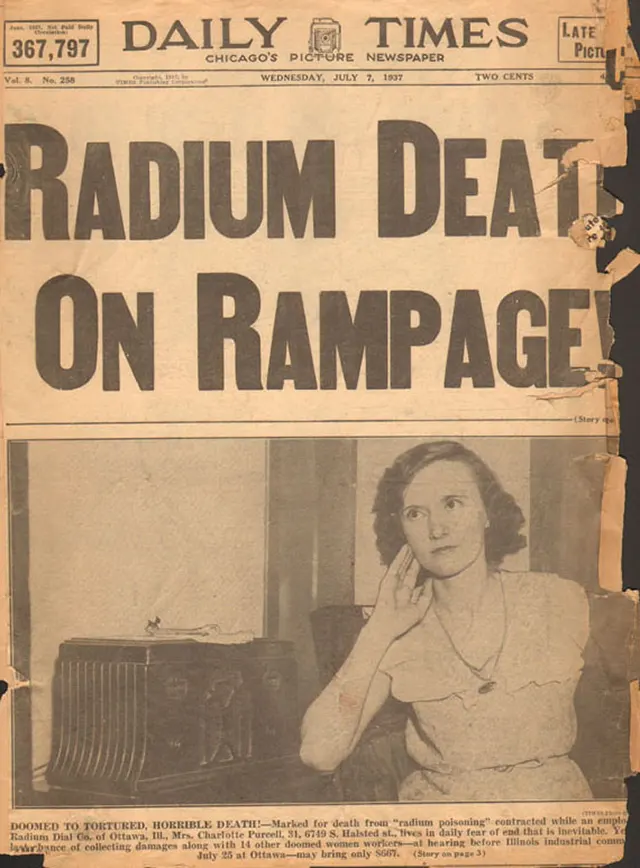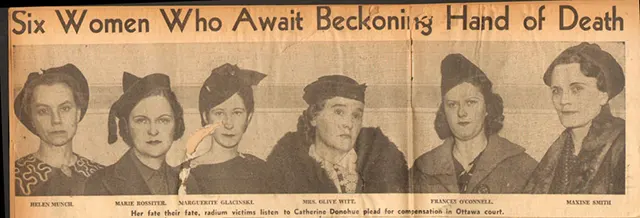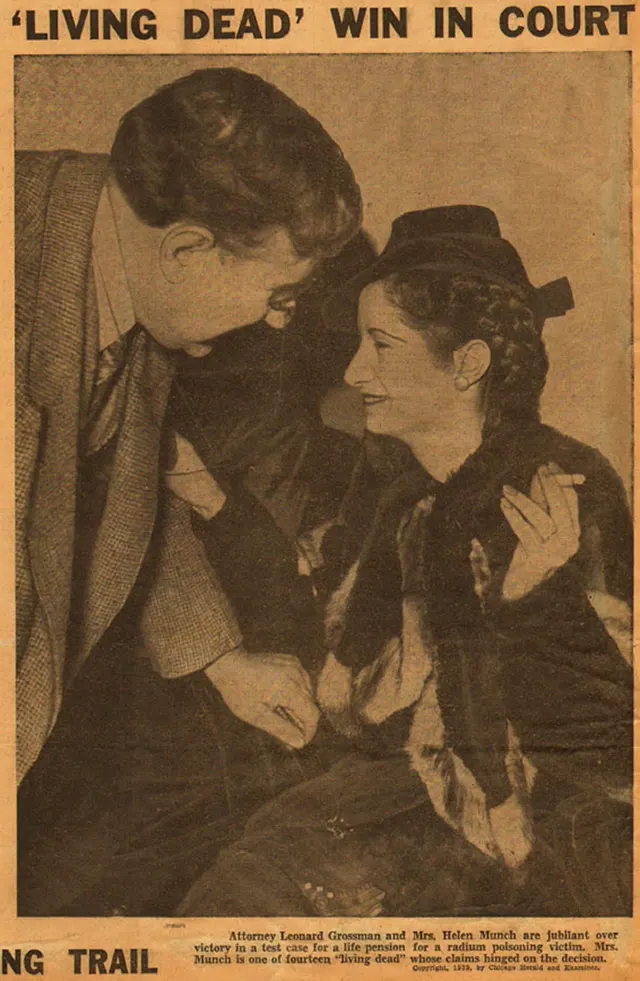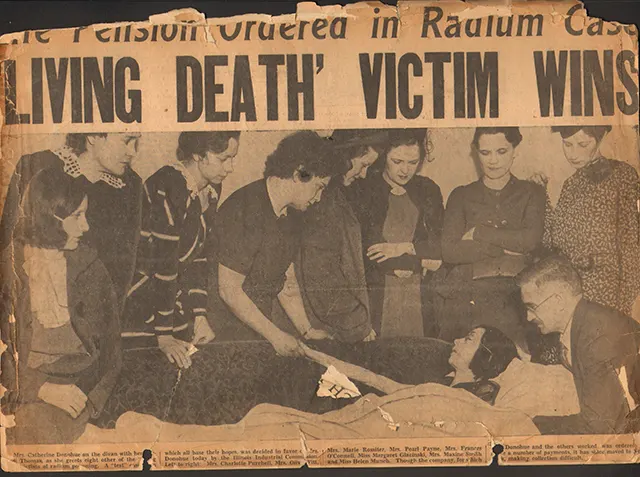In the early 20th century, radium was considered a miracle element. Discovered by Marie and Pierre Curie in 1898, radium was thought to have health benefits and was used in various products. Radium’s luminescent properties made it a popular choice for creating glow-in-the-dark paint. This paint was used on many items, including watches, clocks, and instrument dials. One of the companies that produced this paint was the U.S. Radium Corporation, and the women who worked there became known as the Radium Girls.
The Rise of Radium
When Marie and Pierre Curie discovered radium, they had no idea of its dangers. They found that radium was highly radioactive and could emit rays. Because of its glowing property, radium was soon used in many products, including medical treatments and luminous paint. People believed radium could cure various ailments, from arthritis to cancer. Radium was even added to drinking water and toothpaste.
The U.S. Radium Corporation
The U.S. Radium Corporation used radium to create a special glow-in-the-dark paint called Undark. During World War I, this paint was used to make wristwatches and instrument dials that soldiers could read in the dark. The company hired many young women to paint these dials. The job seemed attractive because it paid well and was considered glamorous. The women, known as dial painters, used tiny brushes to apply the paint and were taught to use their lips to bring the brush to a fine point.
The dial painters were told that the paint was harmless. They worked with radium every day, handling the paint with their bare hands and often ingesting it by using their lips to shape the brushes. The factory owners and scientists knew about radium’s dangers and took precautions to protect themselves, such as using lead screens, tongs, and masks. However, they did not inform the workers or provide them with any protective equipment.
Read more
Early Signs of Trouble
At first, the dial painters enjoyed their work. They were even known to paint their nails, teeth, and faces with the radium paint for fun, unaware of the risks. But soon, some of the women began to suffer from strange health problems. Dentists were among the first to notice the effects of radium exposure. They saw young women with severe dental issues, including toothaches, loose teeth, and jaw pain. When teeth were extracted, the wounds didn’t heal properly and often developed into ulcers.
The Horrors of Radium Poisoning
As time went on, the health problems of the dial painters worsened. Many suffered from anemia, bone fractures, and a condition known as “radium jaw,” where the jawbone would decay and become brittle. Some women experienced severe pain, swelling, and abscesses. In many cases, their bones became so fragile that they would break easily. The radiation exposure also led to suppression of menstruation and sterility.
Legal Battles Begin
One of the dial painters, Grace Fryer, decided to take legal action against the U.S. Radium Corporation. Finding a lawyer willing to challenge the powerful company was difficult and took two years. Finally, in 1927, Grace Fryer and four other women filed a lawsuit. These women, along with their colleagues, became known as the Radium Girls.
The case went to court in January 1928. By this time, the effects of radium poisoning were clear. Some of the women were so sick they had to testify from their beds. None of them could raise their arms to take the oath. The case drew significant media attention and public sympathy. The Radium Girls’ bravery in fighting the corporation was widely praised.
In the autumn of 1928, the case was settled before it went to the jury. The Radium Girls received $10,000 each, which is about $177,000 in today’s money. They also got an annuity of $600 per year, equivalent to $10,600 today, and $12 per week, equivalent to $200 today, for as long as they lived. The company also agreed to pay all medical and legal expenses.
The Aftermath
The settlement was a significant victory for the Radium Girls, but it came at a high cost. Many of the women suffered lifelong health problems, and some died from radium poisoning. The case also led to greater awareness of the dangers of radiation and the need for better workplace safety standards.
The story of the Radium Girls is a tragic example of the dangers of radiation exposure and the importance of workplace safety. The bravery of these women in standing up to a powerful corporation helped bring about important changes in labor laws and industrial safety standards. Today, their story serves as a reminder of the need to protect workers from hazardous materials and ensure that companies are held accountable for their actions.


